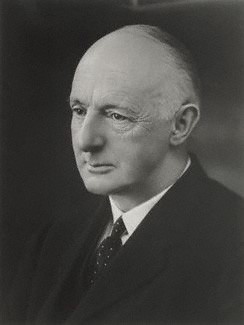The Naivasha group were on land leased by Delamere. Neither he nor they owned it. If they are resettled as indicated, the land will be a gift.
"Members of the Isahakia community in Naivasha have a reason to smile after the government moved in to resettle them after over 100 years wait. In the first phase, the community which was the first to resettle in Naivasha will receive over 5,000 acres after the National Land Commission approved the process. "
The best farmland in Somalia was nationalized and transferred to majority clan ownership or politically connected businessmen beginning in the 1970s. Traditional landholding by the farmers themselves has been essentially wiped out.
http://www.observatori.org/paises/pais_74/documentos/64_somalia.pdf
"Beginning in the 1970s, for example, state laws nationalized access to land
and water as well as imposed severe restrictions on the livestock
and qat (a popular stimulant) trades, stripping the nomads
and rural farmers of their productive assets (Besteman 1996: 127). By making state-
controlled title registration the only legal way to hold land, the land tenure laws of the
1970s and 1980s quickly resulted in the nationalization of the nation’s most fertile and
densely populated farmland. This land was then transferred to small cliques of politicians
or politically connected businessmen. In some cases entire villages of local farmers in
the North, and to a lesser extent in the South, became victims of Barre’s scientific
socialism (Besteman. 1996: 127).
The state became the primary means to achieve wealth because the private market
was systematically regulated and destroyed by bureaucrats. People increasingly had to
turn to state aid to meet their basic survival needs. In 1978 the regime started its political
decline, and massive aid from the Soviet Union ceased because of Somalia’s war with
another Soviet satellite, Ethiopia. This increased the competition between urban
bureaucrats and rural farmers for state resources, leaving the countryside in shambles.
The chaos of Somalia’s failing economy was made worse by the addition of hundreds of
thousands of refugees after Somalia’s defeat in the Ogaadeen War.
A major program to resettle all refugees started immediately after Somalia’s
defeat in the Ogaadeen War. By 1981, 700,000 refugees were being resettled in the
North to weaken the Isaaq clan, which was openly resisting Barre’s regime (Schraeder:
647). The northern clans, primarily made up of the Isaaq, were non-hierarchical
pastoralists who resisted government attempts at centralization and increased
control; the southern clans were more open to political manipulation because of years
of political favors and government money (Schraeder: 648). As refugees displaced
northern farmers and the government confiscated ever-larger tracts of land
for their resettlement, fighting broke out between the malnourished refuugees,
the Somali Armed Forces, and the dispossessed farmers. This eventually led to the 1991
civil war. As resettlement continued in the north, it became clear that areas in the South
and around Mogadishu would need to be opened for resettlement if all
refugees were to receive land. This upset the southern clans, which were previously loyal to Barre’s regime, and an insurgency began shortly after the arrival of the first refugees (Schraeder: 651)"



